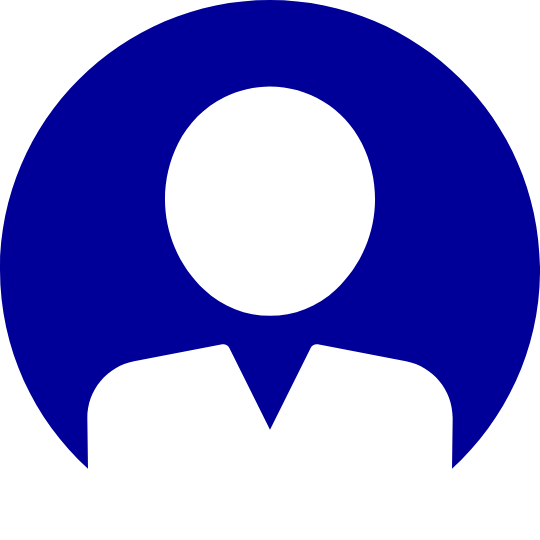- Managed Services and IT Support
- DEX
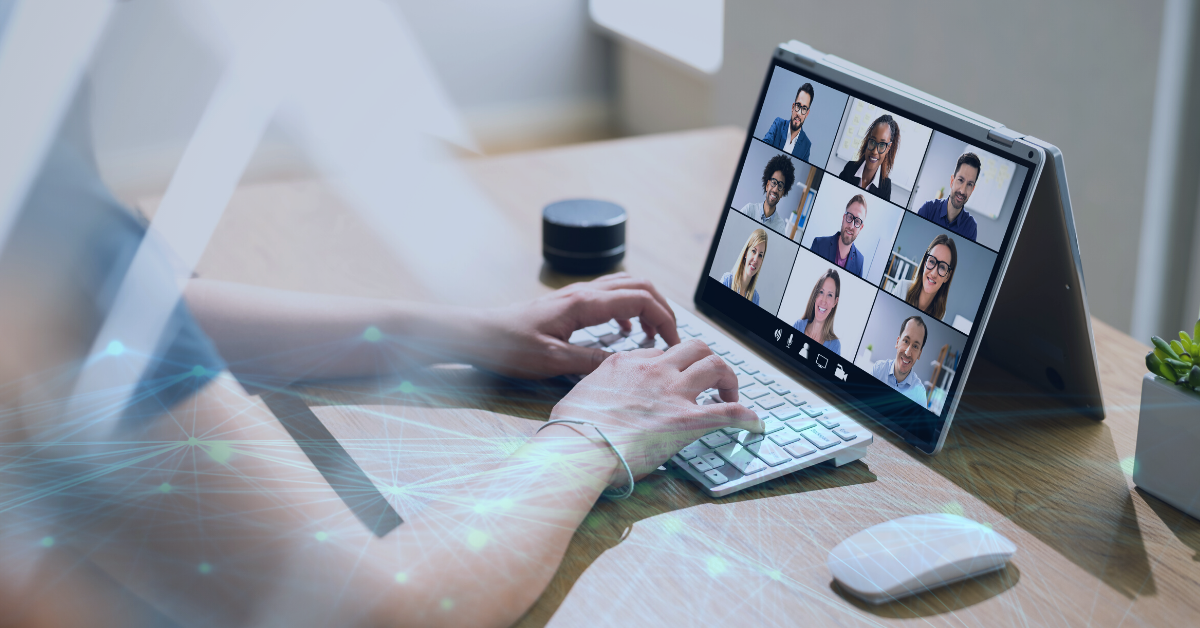
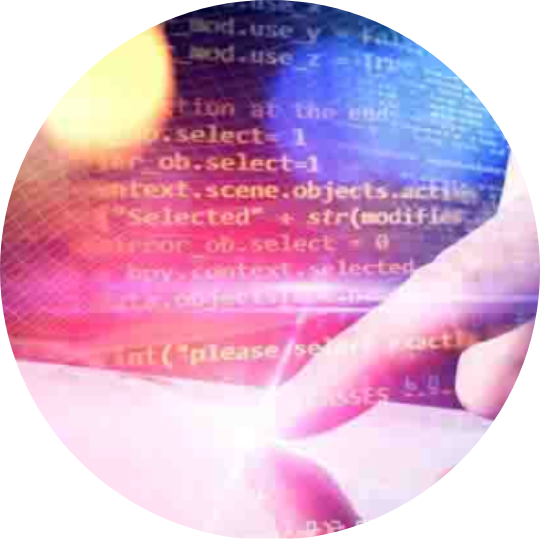
Marketing Compucom
Imagine the ease of selecting a new work laptop from an app on your phone instead of a clunky technology procurement process. The instant gratification of an “order shipped” notification.
The reassuring feeling when a new hire contacts the IT service desk via chat and gets answers immediately.
Or even the delight when your team shares kudos on an internal social media feed.
All of those workplace interactions share something in common: they’ve been shaped by the consumerization of IT.
The Consumerization of IT
Technologies and models created for the consumer market have rapidly made their way into the workplace, forcing IT departments and business policies to adjust. Consumerization describes the impact that consumer-based technology and services can have on the enterprise.
Employees increasingly want their experience at work to mirror their experience as a consumer — with seamless interactions tailored to their wants and needs and always synced with the latest information.
For example, in recent years more people have preferred to use their own computers or phones for work, rather than corporate-issued devices.
As a result, IT departments pivoted to bring your own device (BYOD) policies that can deliver the experience workers want while also covering security, updates, application use, and more.
Other consumerization examples include:
- Video chatting apps (like Zoom or Skype) now used for business
- Cloud-based storage (like Gmail or Dropbox) for enterprise
- Voice-assisted technology (like Amazon Alexa) within the office
- Mobile apps and devices specifically for frontline workers
- A convenient “shopping portal” for employees to select their own gear
This trend was already in motion before the pandemic, but with the rise of remote and hybrid work, the impact is more prevalent than ever. This changes how businesses deliver their technology services and how they must now approach employee experience.
Why Should Enterprises Care?
Employers now recognize that a positive employee experience is vital for business growth, employee engagement, and recruitment and retention. Technology plays a central role in that.
“In the past, employers said, ‘let’s just deliver the basics. Employees can just live with it.’ That’s not good enough anymore.“
Paul Laird, Compucom’s Offering Manager for Digital Assistance
It turns out employees will not just live with it: 49% of the US workforce says they would leave their job due to frustrations with technology.
“Employees expect a more robust and friendly user experience while doing their day-to-day jobs. So tech leaders are really rethinking the process, trying to make it as easy as possible for employees,” says Laird.
Businesses should reshape the enterprise IT experience to be more like the experiences your customers and workers have at home, he advises.
To start, ask your employees about the tools they’re most comfortable working with. The answers will vary from person-to-person depending on job roles, location, demographics, and other factors.
Consider:
- How, when, and where do employees work
- What equipment standards do they need for the role (remember: a sales leader needs different tools than an engineer!)
- Which tools and apps help them be most productive
- Which systems or equipment manufacturers do they prefer
- How employees want to receive technical support
Remember, the goal is to make working life seamless and simple, so people can focus on their core jobs and not on tech hassles.
What “Consumer-Like” IT Experience Looks Like
When work technology experiences feel familiar and convenient, there is less of a learning curve. You empower people to work autonomously and reduce the need for additional training.
At Compucom, we bring this to life with our workplace technology services. Our customers turn to us for enterprise IT professional services that promote device choice, productivity, and advanced collaboration.
With an emphasis on ease of use, we make it simple for users to select equipment, compare products, and even add items to a wishlist for later.
Our one-stop technology shopping portal has a user-friendly interface that’s similar to browsing Amazon or Target. We can also cut down on the guesswork with catalogs based on IT personas, so you can easily peruse a collection of just the right equipment for a specific role.
Once a product is ordered, today’s customers have also been primed to expect constant updates on when it will arrive. While technology provisioning isn’t quite as fast as popular two-day retail shipping, we provide frequent status updates and shipping notifications to keep customers informed every step of the way.
This is a far cry from how it was done in the past. Then, a manager would likely have manually emailed the procurement team to see what was available. Device choices were hit or miss, and may not have met the technical requirements for the role. And then finally…you’d wait and wait and wait in the dark until your equipment eventually arrived. A hassle from start to finish.
We’re Here to Help!
Book a meeting to learn how Compucom can help customize your employee experience.
RecenT
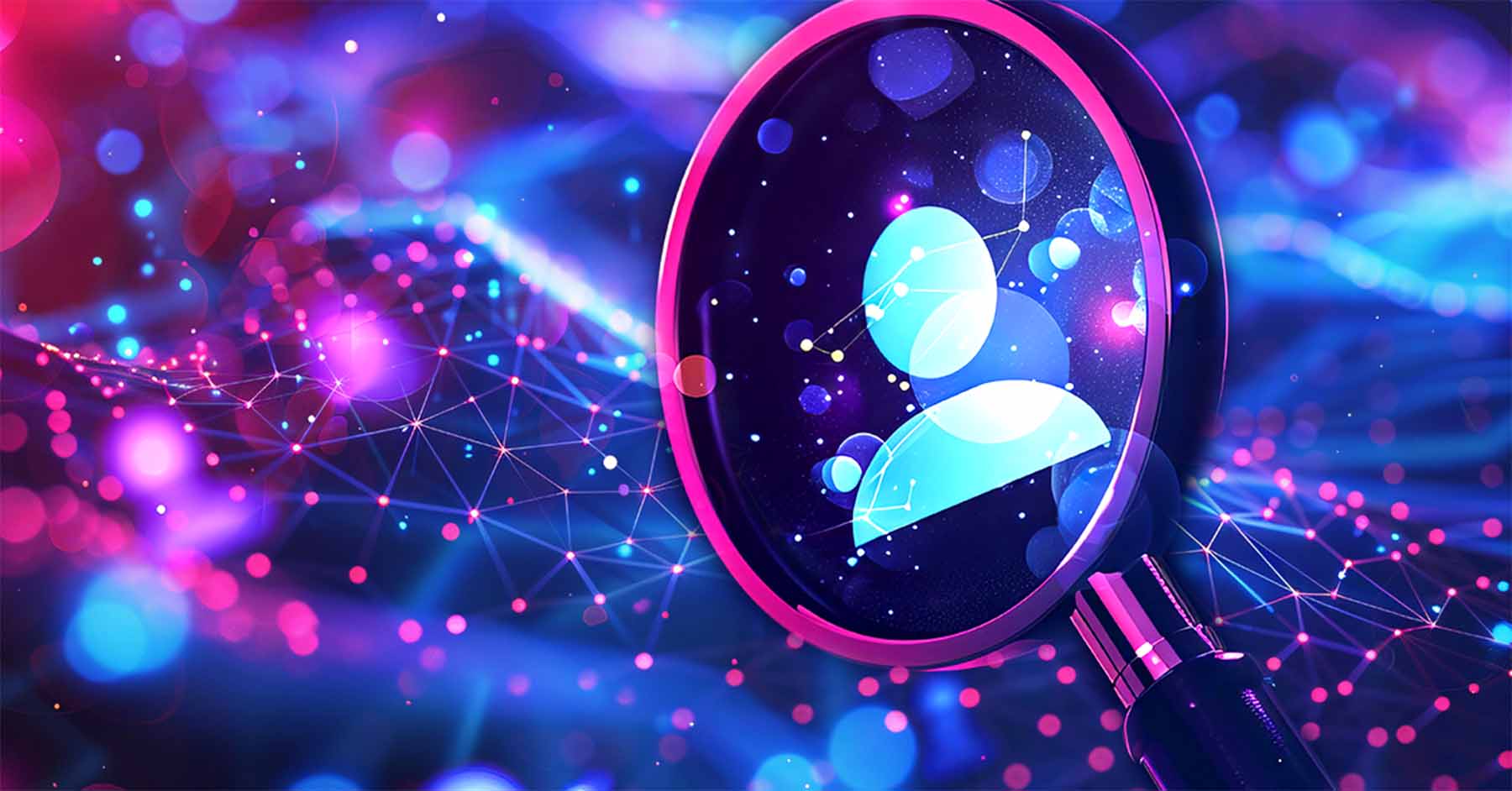
9 Ways Strategic IT Staffing Empowers Organizations
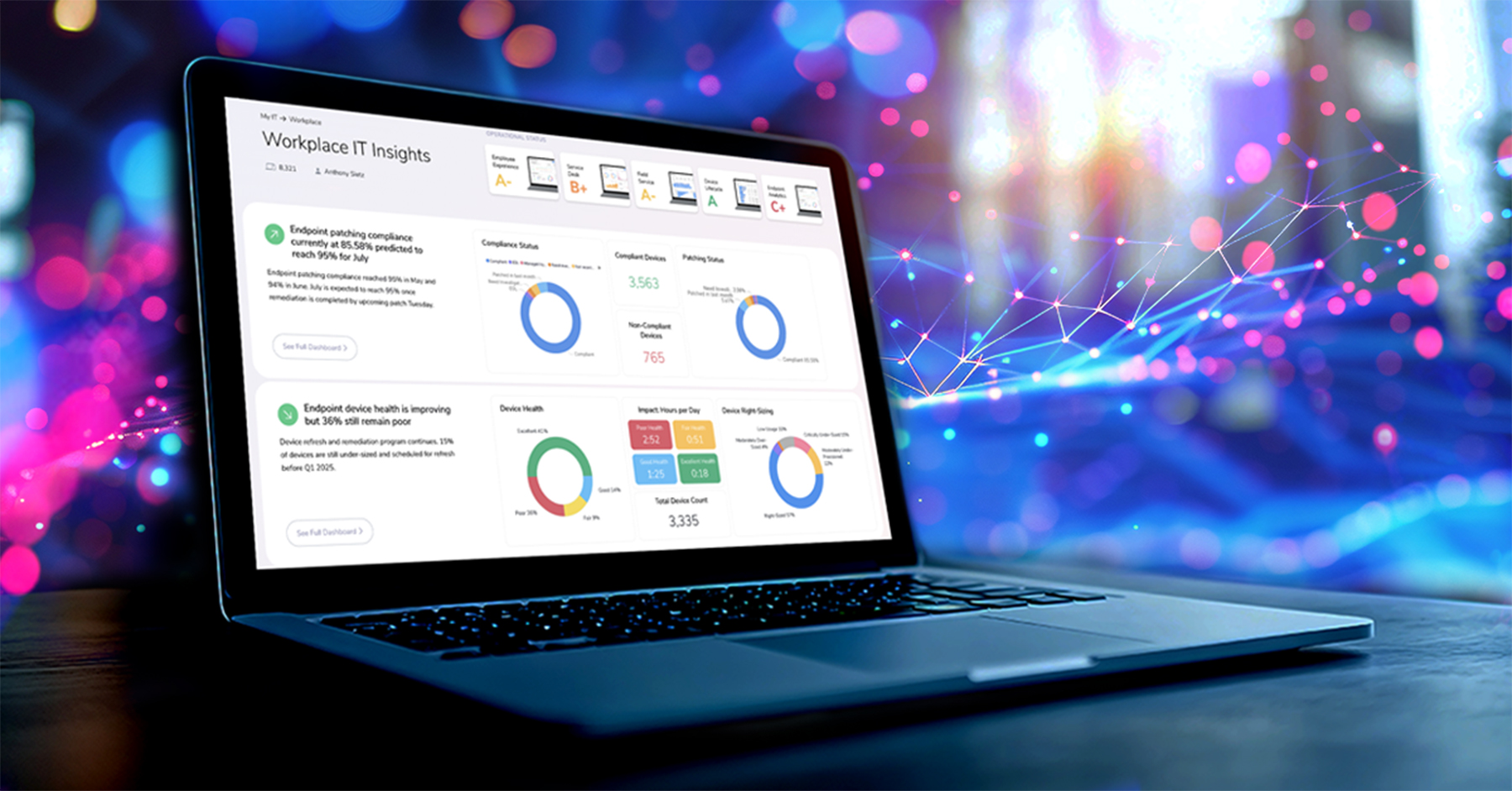
Case Studies: Asset Intelligence and Endpoint Compliance Made Easy
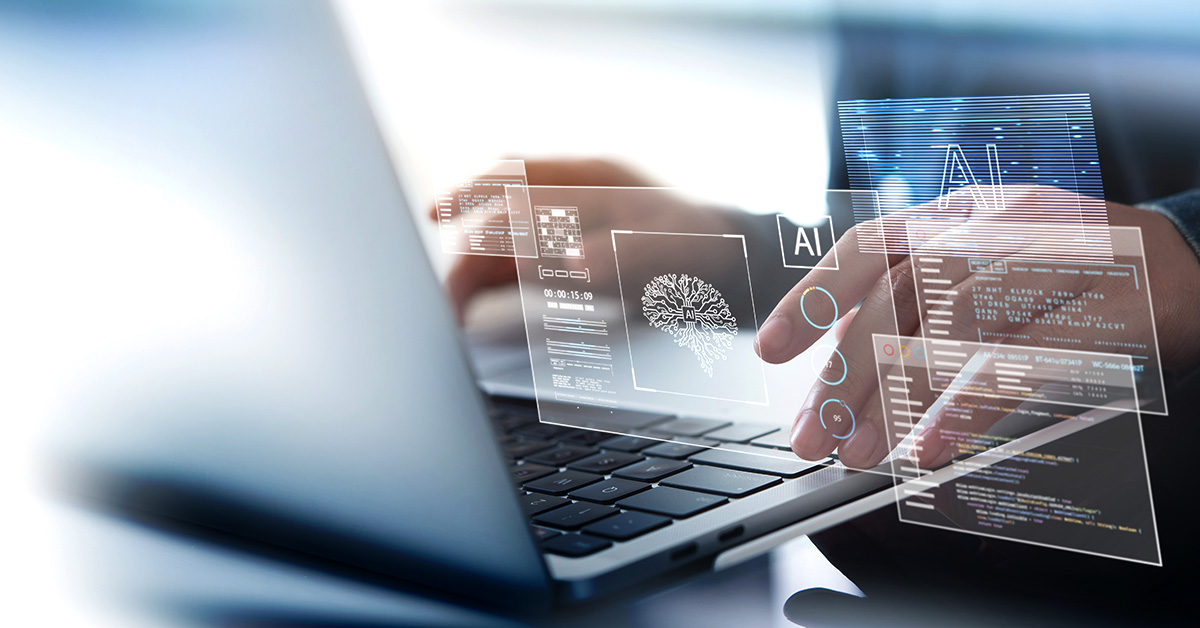
AI and the Enterprise: The Future of IT Management

Exploring the Opportunities and Obstacles of AI in the Enterprise
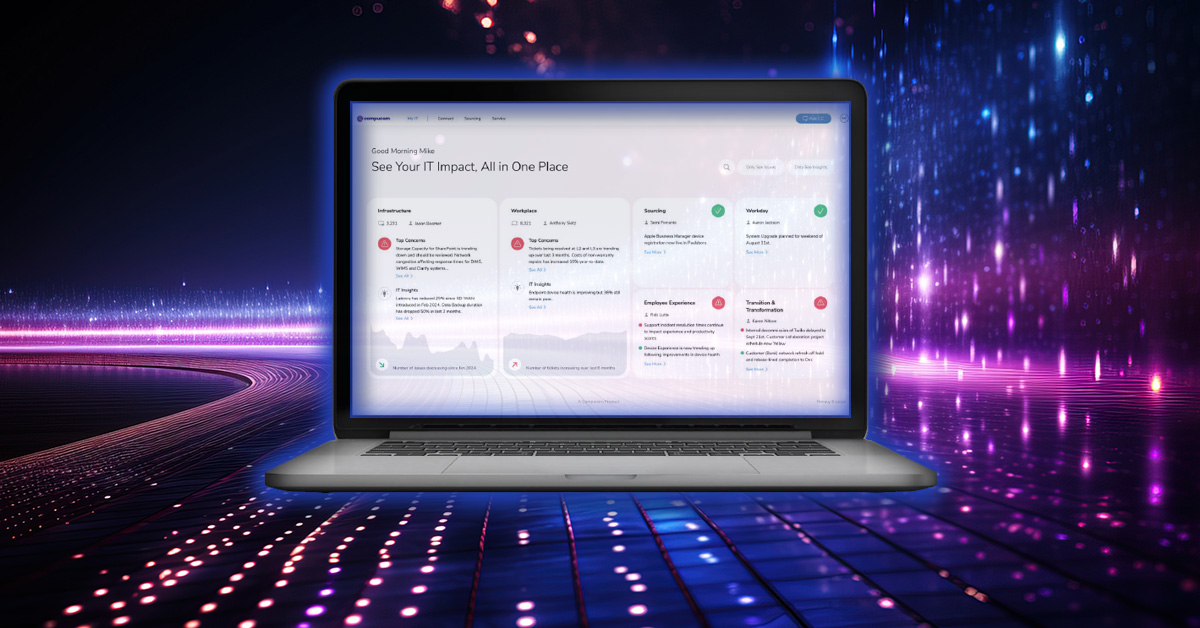
One Dashboard to Rule Them All: Strategic IT Excellence with Full Lifecycle Observability
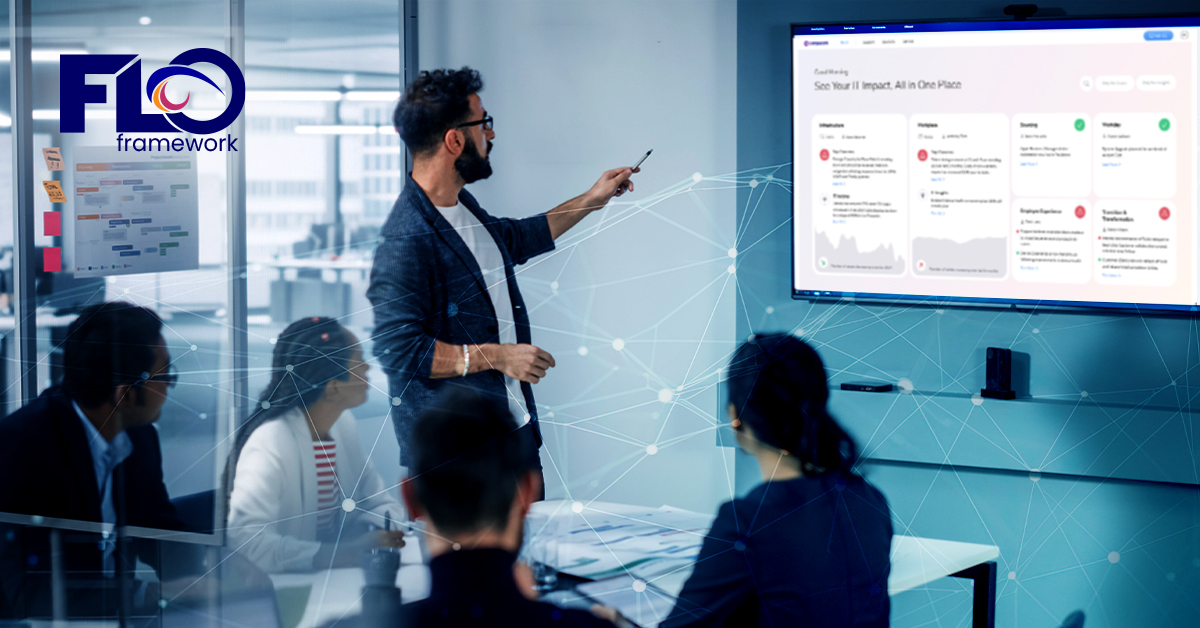
Transforming IT Operations with Full Lifecycle Observability: How Compucom’s FLO Framework Redefines Data-Driven Efficiency
TOPICS
Employees Want Convenient Technology Experiences
- Managed Services and IT Support
- DEX

Marketing Compucom
Imagine the ease of selecting a new work laptop from an app on your phone instead of a clunky technology procurement process. The instant gratification of an “order shipped” notification.
The reassuring feeling when a new hire contacts the IT service desk via chat and gets answers immediately.
Or even the delight when your team shares kudos on an internal social media feed.
All of those workplace interactions share something in common: they’ve been shaped by the consumerization of IT.
The Consumerization of IT
Technologies and models created for the consumer market have rapidly made their way into the workplace, forcing IT departments and business policies to adjust. Consumerization describes the impact that consumer-based technology and services can have on the enterprise.
Employees increasingly want their experience at work to mirror their experience as a consumer — with seamless interactions tailored to their wants and needs and always synced with the latest information.
For example, in recent years more people have preferred to use their own computers or phones for work, rather than corporate-issued devices.
As a result, IT departments pivoted to bring your own device (BYOD) policies that can deliver the experience workers want while also covering security, updates, application use, and more.
Other consumerization examples include:
- Video chatting apps (like Zoom or Skype) now used for business
- Cloud-based storage (like Gmail or Dropbox) for enterprise
- Voice-assisted technology (like Amazon Alexa) within the office
- Mobile apps and devices specifically for frontline workers
- A convenient “shopping portal” for employees to select their own gear
This trend was already in motion before the pandemic, but with the rise of remote and hybrid work, the impact is more prevalent than ever. This changes how businesses deliver their technology services and how they must now approach employee experience.
Why Should Enterprises Care?
Employers now recognize that a positive employee experience is vital for business growth, employee engagement, and recruitment and retention. Technology plays a central role in that.
“In the past, employers said, ‘let’s just deliver the basics. Employees can just live with it.’ That’s not good enough anymore.“
Paul Laird, Compucom’s Offering Manager for Digital Assistance
It turns out employees will not just live with it: 49% of the US workforce says they would leave their job due to frustrations with technology.
“Employees expect a more robust and friendly user experience while doing their day-to-day jobs. So tech leaders are really rethinking the process, trying to make it as easy as possible for employees,” says Laird.
Businesses should reshape the enterprise IT experience to be more like the experiences your customers and workers have at home, he advises.
To start, ask your employees about the tools they’re most comfortable working with. The answers will vary from person-to-person depending on job roles, location, demographics, and other factors.
Consider:
- How, when, and where do employees work
- What equipment standards do they need for the role (remember: a sales leader needs different tools than an engineer!)
- Which tools and apps help them be most productive
- Which systems or equipment manufacturers do they prefer
- How employees want to receive technical support
Remember, the goal is to make working life seamless and simple, so people can focus on their core jobs and not on tech hassles.
What “Consumer-Like” IT Experience Looks Like
When work technology experiences feel familiar and convenient, there is less of a learning curve. You empower people to work autonomously and reduce the need for additional training.
At Compucom, we bring this to life with our workplace technology services. Our customers turn to us for enterprise IT professional services that promote device choice, productivity, and advanced collaboration.
With an emphasis on ease of use, we make it simple for users to select equipment, compare products, and even add items to a wishlist for later.
Our one-stop technology shopping portal has a user-friendly interface that’s similar to browsing Amazon or Target. We can also cut down on the guesswork with catalogs based on IT personas, so you can easily peruse a collection of just the right equipment for a specific role.
Once a product is ordered, today’s customers have also been primed to expect constant updates on when it will arrive. While technology provisioning isn’t quite as fast as popular two-day retail shipping, we provide frequent status updates and shipping notifications to keep customers informed every step of the way.
This is a far cry from how it was done in the past. Then, a manager would likely have manually emailed the procurement team to see what was available. Device choices were hit or miss, and may not have met the technical requirements for the role. And then finally…you’d wait and wait and wait in the dark until your equipment eventually arrived. A hassle from start to finish.
We’re Here to Help!
Book a meeting to learn how Compucom can help customize your employee experience.
Recent Blogs

9 Ways Strategic IT Staffing Empowers Organizations

Case Studies: Asset Intelligence and Endpoint Compliance Made Easy

AI and the Enterprise: The Future of IT Management

Exploring the Opportunities and Obstacles of AI in the Enterprise

One Dashboard to Rule Them All: Strategic IT Excellence with Full Lifecycle Observability



